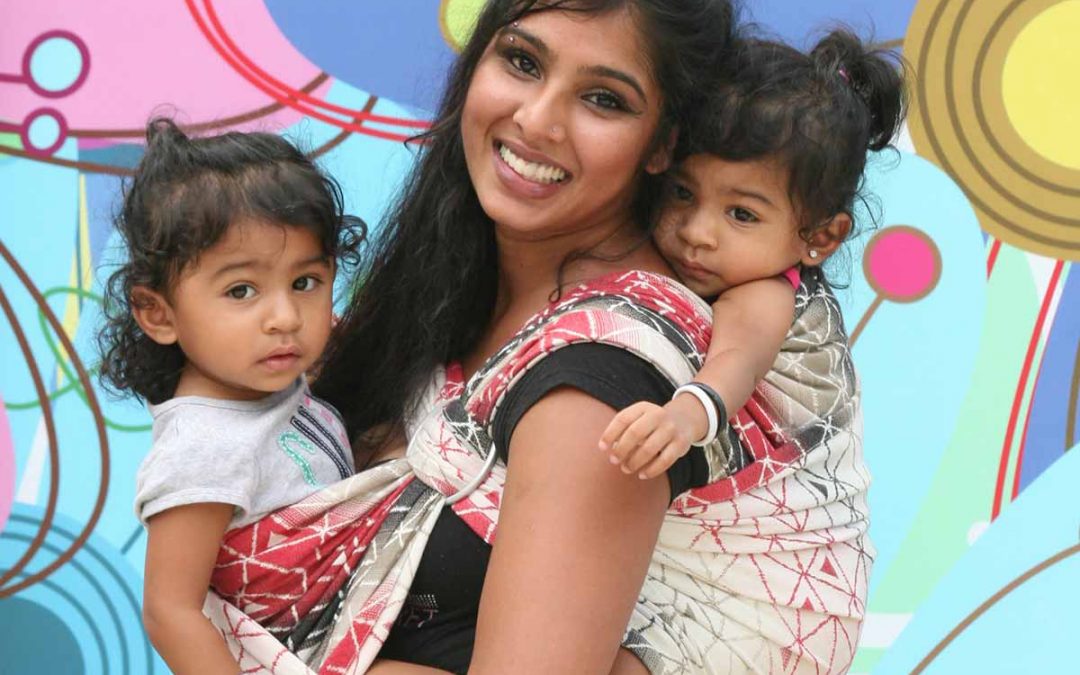By: Payal Tello
The transition into parenthood can be prepared for with a little time and research, but the course of events and circumstances throughout the early days of parenthood cannot always be predicted. Did you know that early life interactions are what shape the way children grow up perceiving the world and how they later create (and maintain) relationships with others? Many factors contribute to a child’s development, some of which are unfortunately uncontrollable (health issues, access to resources, etc.). Evidence shows that promoting close contact meets the many unique needs of new parents and their babies, but what happens when there are unforeseen obstacles that stand in the way?
Even if your baby is born prematurely requiring an extended hospital stay, or other circumstances do not immediately permit you to have close, physical/proximal contact, there are still ways to bond. Simply talking to your baby or holding their hand until you are able to hold them can make a world of difference. If there are barriers preventing you from being able to spend time in person with your baby, sleep with a blanket or small item that you can leave with them so they have the comfort of your scent. Remember touch and love come in different ways and that you do not always have to have a physical presence for your baby to know you are with them. Feeling your presence and being reminded you are there for them is crucial because it will help your baby feel safe in their new world, and more importantly, it will help teach them to trust you.
Some child development theories in psychology (specifically attachment and psychosocial) tell us that a baby must learn to trust their caregiver and that early life experiences directly relate to the child’s personality development later in life, which is why it is important to find what works best for your family in the very beginning, with close proximal contact being the eventual end goal.
Kangaroo care (KC, sometimes referred to as “skin-to-skin”) is the most optimal way to promote close contact and can be done by placing your diapered (undressed) baby on your bare chest. This seemingly insignificant practice will actually promote a strong and healthy relationship between caregiver and baby while helping baby thrive exponentially. Some of the benefits of KC for baby include greater physiological stability, more regular sleep patterns, improved weight gain, and more successful breastfeeding rates.* The physical closeness of KC helps caregivers as well because it increases the production of oxytocin, the love hormone. Oxytocin is know for promoting connectedness and bonding, helping to strengthen the innate need to protect and care for baby. It also plays an influencing part in mood and anxiety disorders, as well as breastmilk production. While the birth mother is the only person who can regulate baby’s body temperature while doing KC, any emotionally involved caregiver can still practice KC and promote all of the other benefits to the baby. Eventually, reality sets in, and we either go back to work or get busy in the day-to-day routines. We will not always have the luxury of being able to just lay around with baby on our chest all day, making it important to know that KC and its benefits can be achieved for many months, or even years, after birth through the use of baby carriers.
Using a baby carrier to wear your baby keeps your baby safe and close, and can help make up for any lost time, cuddles, kisses, and love. Baby carriers bring babies back to their natural habitat – the chest – and can be used with a diapered or fully clothed baby. Babies who are worn in a baby carrier are more easily soothed, more likely to be calm, and less likely to cry because they are with a familiar adult. Don’t forget that crying, clinging, and screaming are normal! They are an infant’s only means of communication to seek needed proximity, comfort, and food.
Just like with KC, baby can feel and hear the familiar heartbeat, breathing pattern, movements, and voice of their caregiver. Additionally, because the baby is so close, caregivers are more likely to talk to baby, stimulating their brain development and enhancing language nutrition. While both KC and baby carrier use will increase the likelihood that caregivers will respond more sensitively and appropriately to their baby’s needs, using a carrier takes KC a step further because it enables the baby and caregiver to become one unit in a place that resembles the familiarity of “womb life” — all while leaving the caregiver hands free.
In today’s busy world, who can turn down being hands-free, having more freedom to move around and do things, all while still cuddling your baby? By practicing KC and extending those benefits through the use of baby carriers through toddlerhood and beyond, we can help support our baby through a crucial time for their social, emotional, and cognitive development. In doing so, we help to positively shape the people they will become in the long-run, while helping us grow a loving relationship with them that knows no limits and transforming parenting experiences in otherwise unimaginable ways.
For more information about baby carrier options and ways to babywear.
To find a babywearing consultant near you visit Center for Babywearing Studies.
*Source: Kangaroo Care -Cleveland Clinic

